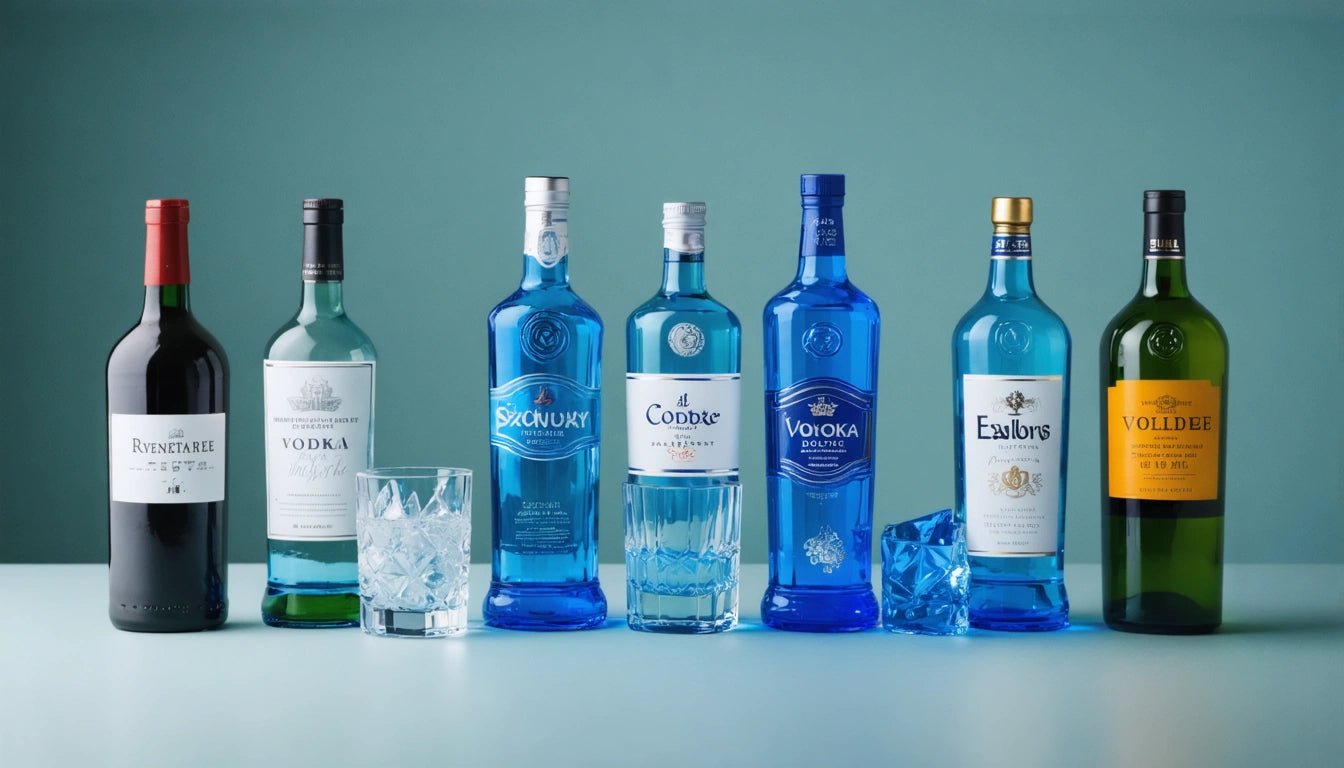Table of Contents
Understanding Vodka Bottle Sizes: Ounces and Measurements Explained
Vodka bottles come in various sizes, each with specific volume measurements in ounces, milliliters, and cups. Whether you're planning a party, stocking a bar, or simply curious about what you're purchasing, understanding vodka measurements is essential for both consumers and industry professionals.
Standard Vodka Bottle Sizes and Their Measurements
The liquor industry uses standardized bottle sizes that apply to vodka and most other spirits. These sizes range from miniature bottles to large-format containers, each with specific names and volume measurements.
Common Vodka Bottle Size Categories
- Mini/Nip: 50ml (1.7 oz)
- Half Pint: 200ml (6.8 oz)
- Pint: 375ml (12.7 oz)
- Fifth: 750ml (25.4 oz)
- Liter: 1L (33.8 oz)
- Handle/Half Gallon: 1.75L (59.2 oz)
These standardized sizes make inventory management and pricing consistent across the industry. As detailed in this guide to liquor measurements, these standards are regulated by government agencies in most countries.
How Many Ounces in a Bottle of Vodka: Size Breakdown
The number of ounces in a vodka bottle depends entirely on its size category. The most common question concerns the standard 750ml bottle, often called a "fifth."
Ounce Measurements by Bottle Size
- A standard 750ml bottle contains 25.4 fluid ounces of vodka
- A liter bottle contains 33.8 fluid ounces of vodka
- A handle (1.75L) contains 59.2 fluid ounces of vodka
- A pint (375ml) contains 12.7 fluid ounces of vodka
Understanding bottle sizes in ounces and liters helps when comparing value across different formats. For instance, larger bottles typically offer better value per ounce than smaller ones.
How Many Cups of Vodka in a Bottle: Kitchen Conversions
For recipe planning or home bartending, knowing how many cups are in a vodka bottle can be helpful:
- A standard 750ml bottle contains approximately 3.17 cups of vodka
- A liter bottle contains approximately 4.23 cups of vodka
- A handle (1.75L) contains approximately 7.4 cups of vodka
These measurements are useful when making large-batch cocktails or infusions. For more detailed information on cup conversions, this resource on vodka measurements provides comprehensive conversion tables.
When working with different container types, such as those used for specialty smoking products and accessories, understanding volume measurements becomes even more important for proper dispensing and usage.
What is a Fifth of Vodka: Understanding the Term
The term "fifth" has historical origins and refers to a standard 750ml bottle of vodka or other spirits. The name comes from the fact that it represents approximately one-fifth of a gallon.
Historical Context of the Fifth
Before the metric system was widely adopted, liquor was sold in gallons and fractions thereof. A fifth represented 1/5 of a gallon, which is about 757ml. When standardization occurred, this was rounded to the current 750ml.
According to this detailed explanation, a fifth contains 25.4 ounces, which provides approximately 16-17 standard 1.5-ounce shots. This makes it the perfect size for moderate consumption or small gatherings.
Vodka Packaging Considerations for Consumers and Businesses
Understanding bottle sizes affects both purchasing decisions and business operations. For consumers, knowing the measurements helps compare value across different brands and sizes. For businesses, it impacts inventory management, pricing strategies, and display considerations.
Consumer Value Considerations
When purchasing vodka, comparing the price per ounce across different bottle sizes can reveal significant value differences:
- Handles (1.75L) typically offer the best value per ounce
- Standard bottles (750ml) balance convenience with reasonable value
- Mini bottles (50ml) are convenient but usually most expensive per ounce
As explained in this comprehensive bottle size guide, understanding these measurements helps consumers make informed purchasing decisions based on their needs and budget.
Business and Packaging Implications
For retailers and producers, bottle size affects:
- Shelf space requirements and display options
- Shipping and storage costs
- Price points and profit margins
- Consumer perception and brand positioning
Many premium vodka brands invest heavily in distinctive packaging for their 750ml bottles, as this is the most commonly purchased size for gifts and special occasions.
Understanding these measurements and their implications helps both consumers and businesses navigate the vodka market more effectively, whether for personal enjoyment or commercial success in the spirits industry.



















